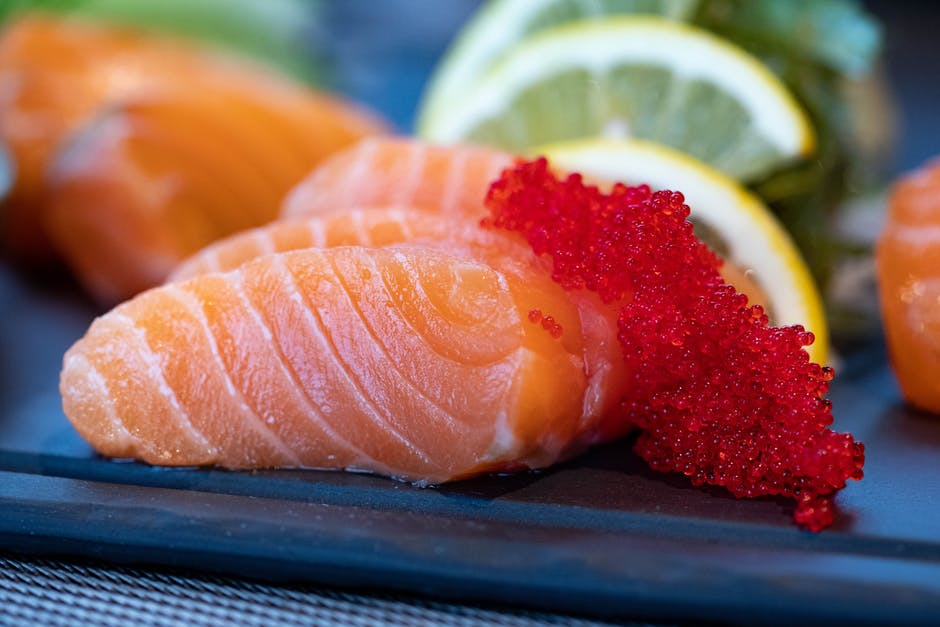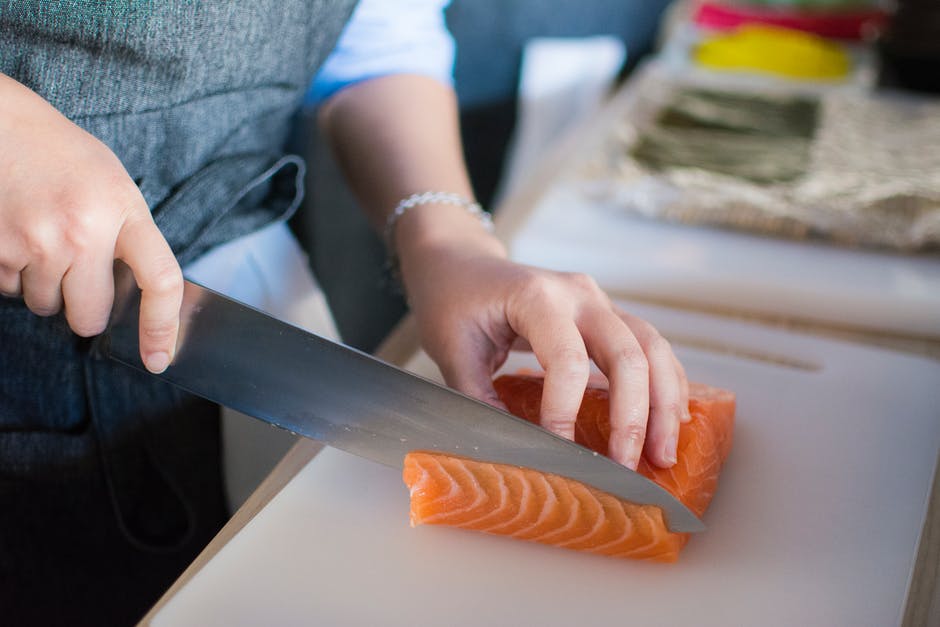
Students will identify the stages of the salmon lifecycle and factors that affect salmon survival in this unit. A Watershed is a section of land where all of the area’s water is collected. A Watershed is made up of habitats that affect each other.
Can salmon bite you?
It’s nearly impossible to catch a salmon that is pointed straight at you. To get hooked, they must turn at an angle. Don’t set the hook, don’t reel, and stop the bite when you feel it. When you know it’s a bite, keep the rod tip low and steady.
How many teeth does salmon have?
Salmon have strong teeth and they eat other fish with them. Salmon have small teeth on the roof of their mouth that are on their jaws. Some salmon species have different kinds of teeth.
Why do salmon have teeth on their tongue?
In fish, the tongue’s function is to move food quickly into and through the mouth, where an extra set of jaws will grind the food. The tongue helps the fish breathe by moving oxygenated water through the mouth to the gills.
Do Atlantic salmon have teeth?
The Latin name for the Atlantic salmon is “The leaper”. The Atlantic salmon has distinctive characteristics that make it easy to identify. There is a small head, a blunt nose, and small eyes. A row of conical teeth are found in the mouth. There are large scales and small fins on the Atlantic salmon. All trout have an adipose fin, which is a distinguishing feature of Atlantic salmon.

Can a fish bite your finger off?
catfish’s teeth are small and not strong enough to break the skin, so they can’t bite off your finger. Even if you tried to put your hand in the catfish’s mouth, it would be hard for them to bite. It can be hard to touch because it feels coarse and may scratch your skin.
What salmon have teeth?
Both the Atlantic and Pacific salmon have teeth. Salmon consume a lot of fish no matter where they are in the world.
Does pink salmon have teeth?
Most other salmon types’ teeth are set closer to each other than the pink salmon. They are often narrow and straight inside. The male pink salmon’s hooked jaw makes it look like an ancient fish from the age of the dinosaurs.
Do salmon have sharp teeth?
Salmon have lots of sharp teeth and are big predatory fish. While living in saltwater, their teeth are embedded in their lips, but as they enter freshwater, the full size of their teeth is being exposed, as their bodies slowly degrade.

Why do salmon bite each other?
First to stake out territories are the male salmon. The gravel beds with the right amount of water flow and the right size are the best places to put eggs.
Is there a fish with human teeth?
The sheepshead fish is a common swimmer on the Atlantic coast and has a very good diet. A fish with human teeth was pulled up last week at a pier in North Carolina.
How can you tell a male salmon from a female?
In males, the back and sides are red, the head is green and the tail is black.
Is salmon saltwater or freshwater?
Salmon live the majority of their lives in the saltwater ocean and migrate back to the freshwater to hatch. Salmon can live in either freshwater or saltwater.

Do sockeye salmon have teeth?
When sockeye salmon return upriver to their spawning grounds, their bodies turn brilliant red and their heads are green, which is their other common name, “red” salmon. A humped back and hooked jaws are characteristic of breeding-age males. There are dark, round parr marks on the sides of juveniles in fresh water. The parr marks are not as long as the eye, and are not extended below the line.
Do Australian salmon have teeth?
The kahawai salmon has more gill rakers on the first gill arch than the western salmon. In New South Wales, Victoria and Tasmania, Lord Howe Island and New Zealand, as well as occasional schools, this species occurs. The eastern salmon grows larger than the western salmon in New Zealand, usually topping out at around 75 cm.








